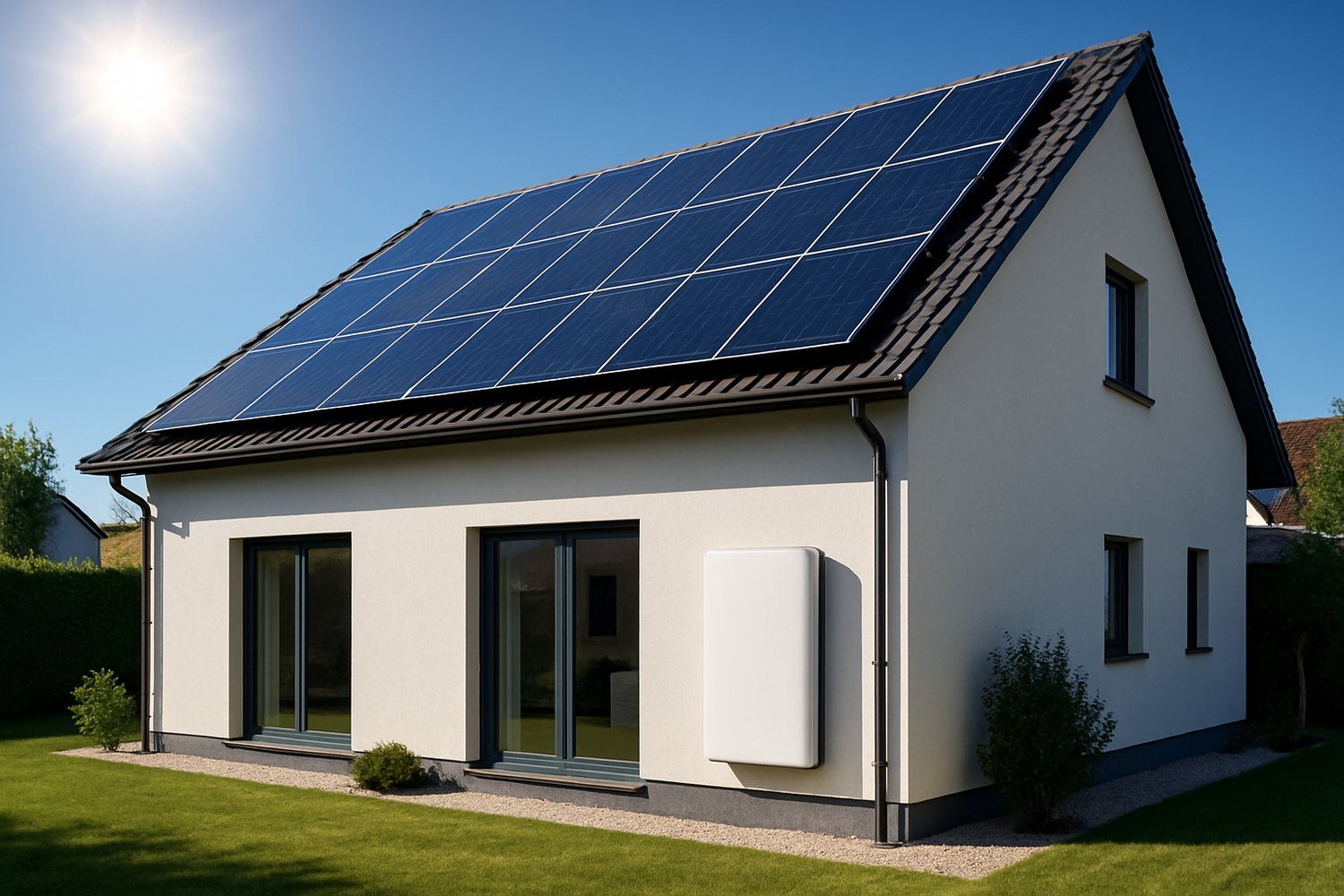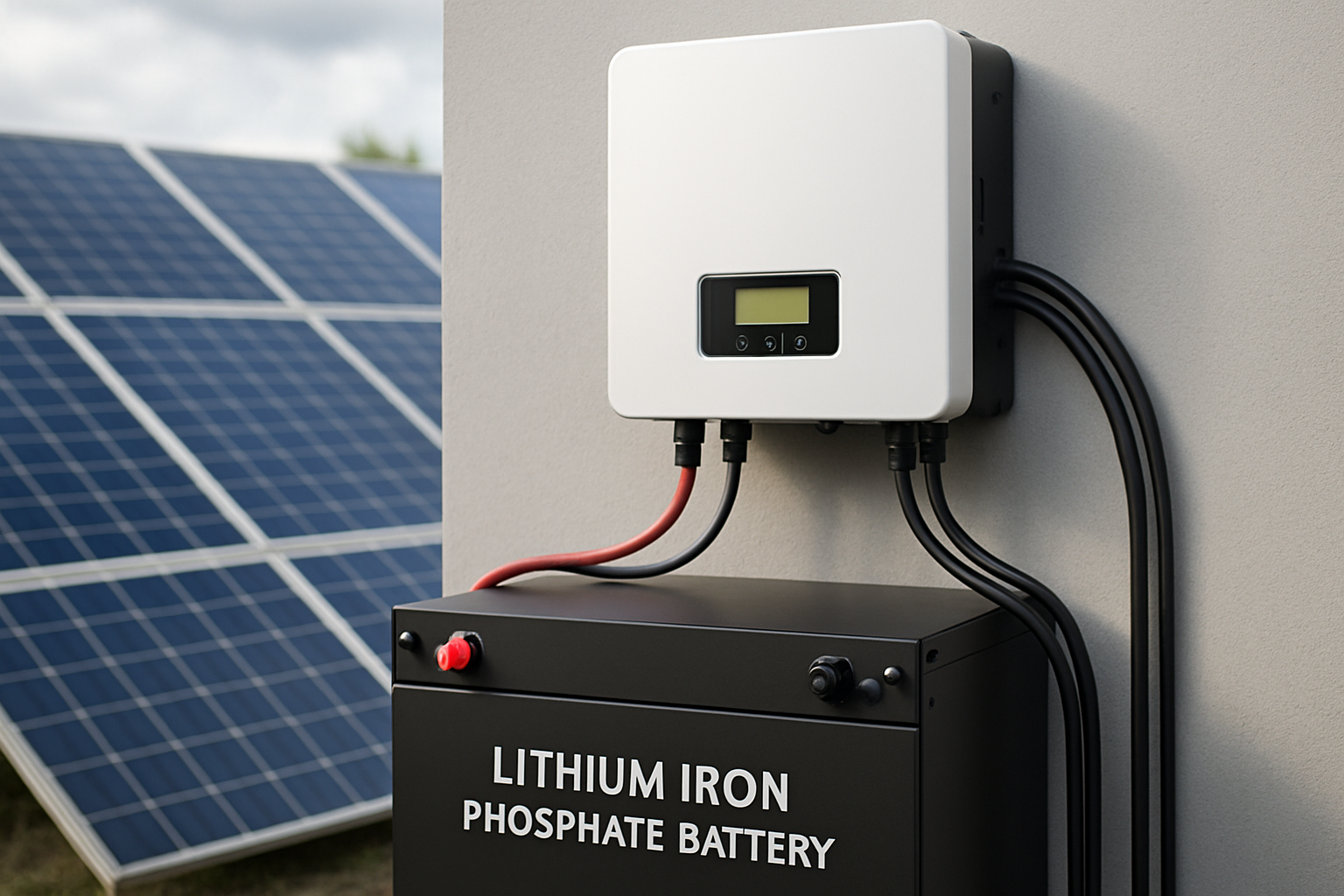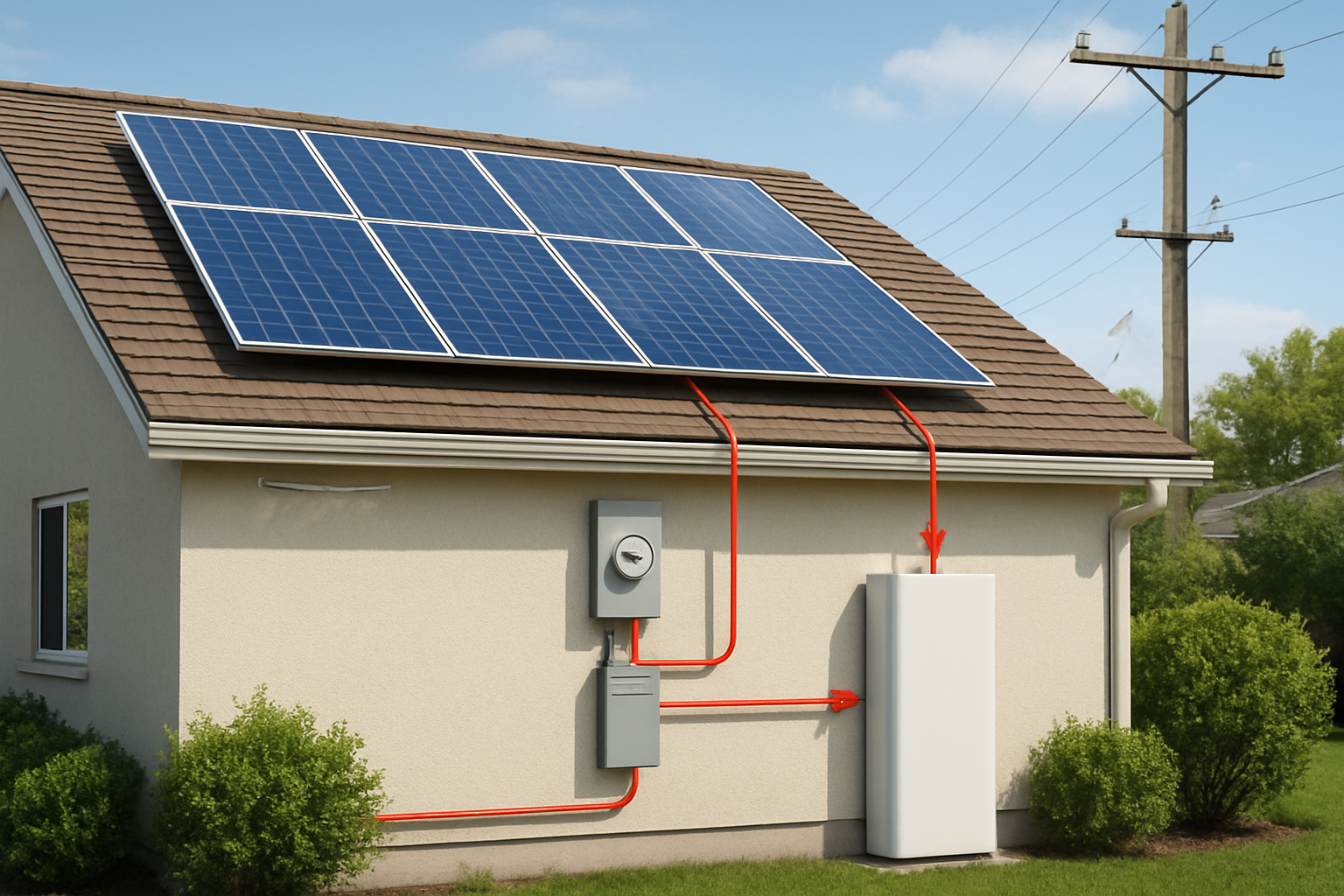Adding battery storage to an existing solar panel system transforms how you use and manage your home's energy. This upgrade, often called a solar power storage retrofit, allows you to store excess solar energy generated during the day for use at night or during grid outages. It is a practical step towards greater energy independence and resilience, offering a significant enhancement to your original solar investment.

Why Consider a Battery Retrofit for Your Solar System?
Many homeowners with grid-tied solar systems initially focused on reducing electricity bills through net metering. However, the energy landscape has evolved. Peak electricity demand often occurs in the late afternoon or early evening when solar generation naturally declines. Integrating battery storage helps align your solar output with these peak demand periods, reducing reliance on the grid and potentially lowering costs.
A battery retrofit offers several compelling advantages:
-
Enhanced Energy Independence and Backup Power
A battery system provides a reliable power source during grid outages, keeping essential appliances running. You gain greater control over your energy supply, reducing vulnerability to external disruptions and increasing your home's resilience.
-
Optimizing Self-Consumption and Reducing Grid Reliance
Instead of sending excess solar power back to the grid for minimal credit, you can store it. This stored energy then powers your home when your solar panels are not producing, maximizing your self-consumption and reducing the amount of electricity you purchase from the utility. This strategy becomes increasingly valuable as net metering policies change or as electricity prices fluctuate.
-
Financial Incentives and Long-Term Savings
Many regions offer incentives, rebates, or tax credits for installing battery storage. These financial benefits, combined with reduced electricity bills and protection against rising energy costs, can significantly improve the return on investment for your system. You can explore the Payback Math: Cost, Incentives, and ROI of Battery Retrofits to understand the financial aspects in detail.
Technical Considerations for Integrating Battery Storage
Retrofitting a battery involves more than simply adding a component to your wall. Understanding the technical aspects ensures a compatible and efficient system that meets your energy needs. We recommend consulting The Retrofit Blueprint: Batteries for Existing PV Systems for a detailed guide.
AC vs. DC Coupling: Choosing the Right Architecture
When integrating a battery, you will encounter two primary methods: AC coupling and DC coupling. Each has distinct advantages depending on your existing solar setup and inverter type.
- DC Coupling: This method connects the battery directly to the DC side of your solar array, typically through a hybrid inverter. It is often more efficient as it minimizes conversion losses. If your existing inverter is older, you might need a new hybrid inverter that manages both solar input and battery charging.
- AC Coupling: This approach uses a separate battery inverter that connects to the AC side of your home's electrical panel. Your existing solar inverter continues to operate as usual, sending AC power to the battery inverter for charging or directly to your home. AC coupling is often simpler for existing systems, as it can work with most current solar inverters without needing replacement. For a deeper dive into these options, review the Compatibility Checklist: DC vs AC Coupling for Retrofits.
Inverter Compatibility and Upgrades
Your inverter is a central component of your solar system. When adding a battery, its compatibility is crucial. Older string inverters may not be designed to communicate directly with modern battery storage systems. You might need to add a separate battery inverter (for AC coupling) or replace your existing inverter with a hybrid model (for DC coupling). Consider reading Will a Battery Work with My Old Inverter? Expert Answers for specific guidance on compatibility.
ANERN offers a range of high-performance solar inverters designed to efficiently convert DC power from your solar panels and batteries into usable AC electricity. Our hybrid inverters are particularly suited for retrofit applications, seamlessly managing power flow between your solar array, battery storage, and the grid, ensuring optimal system performance.
Battery Chemistry: Focusing on LiFePO4
The choice of battery chemistry significantly impacts performance, safety, and lifespan. Lithium iron phosphate (LiFePO4) batteries are a leading choice for residential and commercial energy storage due to their superior characteristics:
- High Performance: LiFePO4 batteries offer excellent energy density and discharge capabilities, allowing for efficient storage and release of power.
- Enhanced Safety: They are known for their thermal stability and reduced risk of thermal runaway compared to other lithium-ion chemistries, providing peace of mind.
- Long Lifespan: LiFePO4 batteries typically offer a much longer cycle life, providing reliable performance and value for many years.
ANERN specializes in manufacturing high-quality lithium iron phosphate batteries (LiFePO4), ensuring your retrofit system benefits from reliable, safe, and long-lasting energy storage. You can Unlock Backup Power: Add LiFePO4 to Your Existing Array to learn more about this robust technology.
The Retrofit Process: Steps and Best Practices
A successful battery retrofit requires careful planning and execution. Here is a general overview of the process, highlighting key steps and considerations.
System Assessment and Sizing
Begin by thoroughly assessing your current solar system's output and your household's energy consumption patterns. This helps determine the appropriate battery capacity you need. Consider your peak usage times, your daily energy consumption, and how much backup power you desire during outages. A professional energy audit can provide precise data for optimal sizing, preventing both undersizing and oversizing your storage system.
Installation and Interconnection
Battery installation involves electrical wiring, securely mounting the battery unit, and integrating it with your existing solar and home electrical systems. This is a complex task that requires qualified electricians to ensure safety and compliance with local electrical codes. The process also includes obtaining necessary permits and achieving interconnection with your utility. The U.S. Department of Energy (DOE) offers toolkits to simplify this process, as highlighted in Interconnection Made Easier: DOE Toolkit Tips for Solar+Storage. For detailed wiring and code information, refer to How to Add a Battery to Legacy Solar: Wiring, Codes, Grid.
ANERN offers comprehensive home energy storage systems that integrate lithium batteries, hybrid inverters, and solar panels, simplifying the installation and integration process for a seamless retrofit.
Common Mistakes to Avoid
Retrofitting can present challenges if not approached carefully. Avoiding common pitfalls ensures a smooth transition to solar-plus-storage. These include underestimating capacity needs, choosing incompatible components, or neglecting local regulations and permitting requirements. For a detailed list of potential issues and how to circumvent them, consult 7 Retrofit Mistakes When Adding Batteries to Existing Solar.
ANERN Solutions for Your Energy Storage Needs
With years of experience in the solar and energy storage industry, ANERN is dedicated to providing reliable and scalable energy solutions. Our focus on lithium battery manufacturing, energy storage systems, and integrated ESS development positions us as a trusted partner for your retrofit project, helping you achieve true energy independence.
ANERN Lithium Batteries: Performance and Safety
Our core offering includes advanced lithium iron phosphate (LiFePO4) batteries. These batteries are engineered for high performance, exceptional safety, and a long operational lifespan. They are an ideal choice for retrofitting, providing the reliable storage you need to maximize your solar investment and achieve energy independence.
Integrated ESS and Off-Grid Solutions
ANERN's home energy storage systems combine our high-quality LiFePO4 batteries with efficient hybrid inverters and, if needed, solar panels into a unified solution. For those seeking complete energy autonomy, our off-grid solar solutions are tailored for homes, farms, and remote cabins, offering robust power even without grid access.
ANERN Inverters for Seamless Integration
Our solar inverters are designed to complement our battery systems, ensuring efficient power conversion and intelligent energy management. They facilitate seamless integration with your existing solar array, optimizing energy flow and enhancing the overall performance of your retrofitted system.
Moving Towards Greater Energy Independence
Upgrading your existing solar system with battery storage is a significant step towards achieving true energy independence and resilience. By understanding the technical options, planning carefully, and choosing reliable components, you can unlock the full potential of your solar investment. This strategic enhancement not only provides backup power but also optimizes your energy usage, aligning with the evolving demands of modern electricity grids.
ANERN is committed to supporting your journey towards a more sustainable and independent energy future, offering robust and scalable solutions tailored to your needs. We encourage you to explore a Case Study: Upgrading a 2015 PV Home with LiFePO4 Storage to see a real-world example of a successful retrofit and envision the possibilities for your own home.
References
- IEA. (2017). Getting Wind and Solar onto the Grid: A Manual for Policy Makers. https://www.iea.org/reports/getting-wind-and-solar-onto-the-grid
- IEA. (2018). Status of Power System Transformation 2018 - Technical Annexes. https://www.iea.org/reports/status-of-power-system-transformation-2018-technical-annexes
- IRENA. (2020). Electricity Storage Valuation Framework. https://www.irena.org/Publications/2020/Mar/Electricity-Storage-Valuation-Framework-2020
- U.S. Department of Energy. (2015). EERE Success Story—Plug and Play: Purchase, Install, and Connect Residential Solar Power in Hours. https://www.energy.gov/eere/success-stories/articles/eere-success-story-plug-and-play-purchase-install-and-connect
- IEA. (2024). Integrating Solar and Wind. https://www.iea.org/reports/integrating-solar-and-wind
- IRENA. (2025). Renewable Power Generation Costs in 2024. https://www.irena.org/Publications/2025/Jun/Renewable-Power-Generation-Costs-in-2024





Leave a comment
All comments are moderated before being published.
This site is protected by hCaptcha and the hCaptcha Privacy Policy and Terms of Service apply.